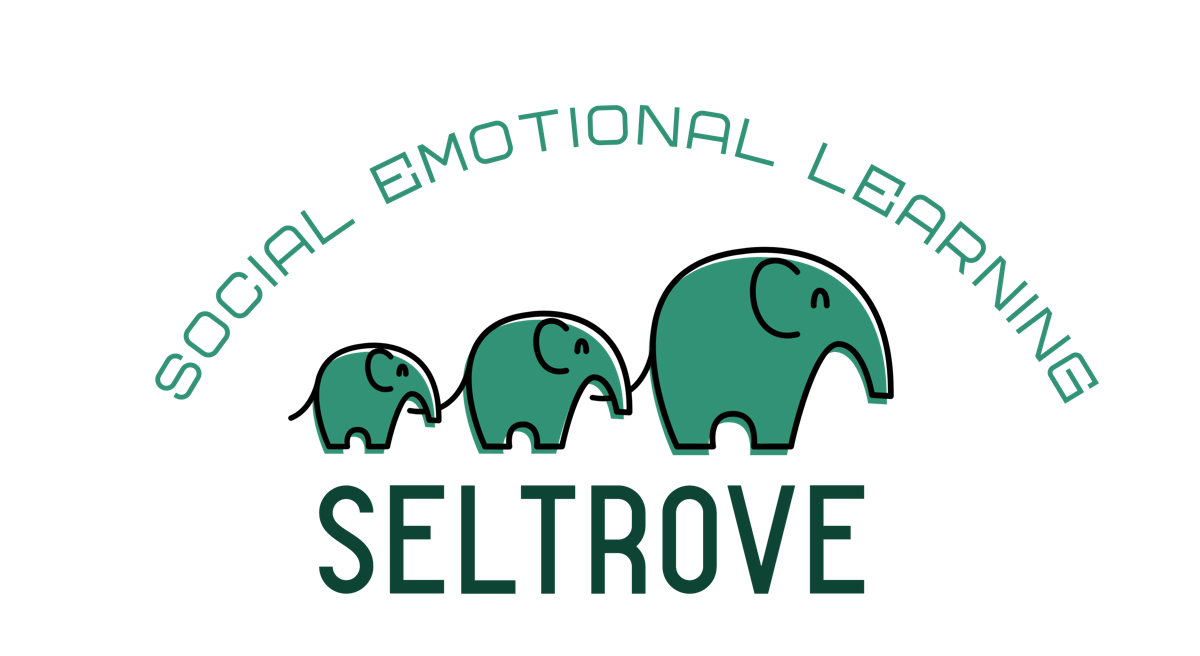
Free SEL Implementation Guide
Section 1: Expert Strategies for Implementing SEL
1.1 Building an SEL Framework
To implement SEL effectively, establish a structured framework tailored to your setting:
Define Clear Goals: Identify the key SEL skills you want to develop (e.g., self-awareness, empathy, responsible decision-making).
Integrate SEL into Daily Routines: Embed SEL discussions and practices into everyday interactions.
Train Educators & Leaders: Provide SEL-focused professional development for teachers, managers, and community leaders.
Measure Progress: Use surveys, reflections, and feedback to assess SEL growth over time.
1.2 Best Practices for SEL Integration
Start with Self-Reflection: Encourage individuals to assess their emotional strengths and areas for improvement.
Encourage Open Dialogue: Foster a culture where emotions and challenges can be discussed without judgment.
Promote Mindfulness & Emotional Regulation: Introduce simple breathing exercises, meditation, and journaling.
Use Real-Life Scenarios: Engage learners with role-playing and case studies to practice SEL skills in real situations.
Foster Relationship Building: Implement team-building activities and peer mentorship programs.
Section 2: SEL Lesson Plans for Different Settings
2.1 SEL in Schools
Lesson Plan: Emotional Awareness & Regulation
Objective: Help students identify and regulate their emotions.
Activities:
"Emotion Chart" – Students match emotions with scenarios.
"Breathing Breaks" – Teach deep-breathing techniques.
"Daily Reflections" – Have students write or discuss their feelings each day.
Assessment: Self-reflection journal and peer discussions.
Lesson Plan: Empathy & Social Awareness
Objective: Develop empathy through perspective-taking.
Activities:
"Story Sharing" – Students share personal experiences of kindness and understanding.
"Empathy Walk" – Partner students to discuss challenges and solutions.
Assessment: Group discussion and peer evaluation.
2.2 SEL in the Workplace
Workshop: Emotional Intelligence for Teams
Objective: Improve team collaboration and emotional awareness.
Activities:
"Active Listening Exercise" – Practice paraphrasing and empathetic listening.
"Stress Management Tips" – Teach stress-reducing strategies.
Assessment: Team feedback and individual self-assessments.
Workshop: Conflict Resolution & Communication
Objective: Equip employees with conflict-resolution techniques.
Activities:
"Role-Playing Conflicts" – Employees practice resolving workplace disagreements.
"I-Message Training" – Teach non-confrontational communication techniques.
Assessment: Observation and supervisor feedback.
2.3 SEL in Communities
Community Program: Building Stronger Relationships
Objective: Strengthen interpersonal skills among community members.
Activities:
"Group Sharing Circles" – Encourage community dialogue and support.
"Volunteer SEL Training" – Teach emotional intelligence through community service.
Assessment: Participant surveys and community impact reports.
Section 3: Actionable Steps to Implement SEL
Start Small: Integrate SEL into existing routines instead of overhauling current practices.
Lead by Example: Demonstrate SEL skills in interactions with others.
Provide SEL Training: Host regular training sessions for educators, employees, and community leaders.
Encourage Reflection & Feedback: Create opportunities for individuals to assess their growth.
Celebrate Progress: Recognize SEL achievements through awards, storytelling, and group discussions.
Conclusion & Next Steps
SEL is a lifelong journey that benefits individuals, schools, workplaces, and communities. By consistently applying SEL strategies, lesson plans, and activities, you create a more emotionally intelligent and supportive environment.
💡 Want to stay updated? Subscribe to our newsletter for the latest research and best practices in SEL!
Want to learn more?
Access classroom-ready turnkey resources for your SEL classroom. Our SEL resources are crafted to be both engaging and interactive, aimed at nurturing empathy, compassion, and well-being among students. With a commitment to creating inclusive and kind classroom environments, our suite of print and digital materials is designed to support educators in this mission
Featured links
-
SEL Print Workbooks
-
SEL Lightspeed Schoolwide
-
SEL K-12 Free Sample Guide
-
District Solutions
-
About us
Teacher Resources
Get in touch
-
516 North Ogden Ave, Suite 111 Chicago, IL 60642
-
andy@seltrove.com
-
312-224-2536